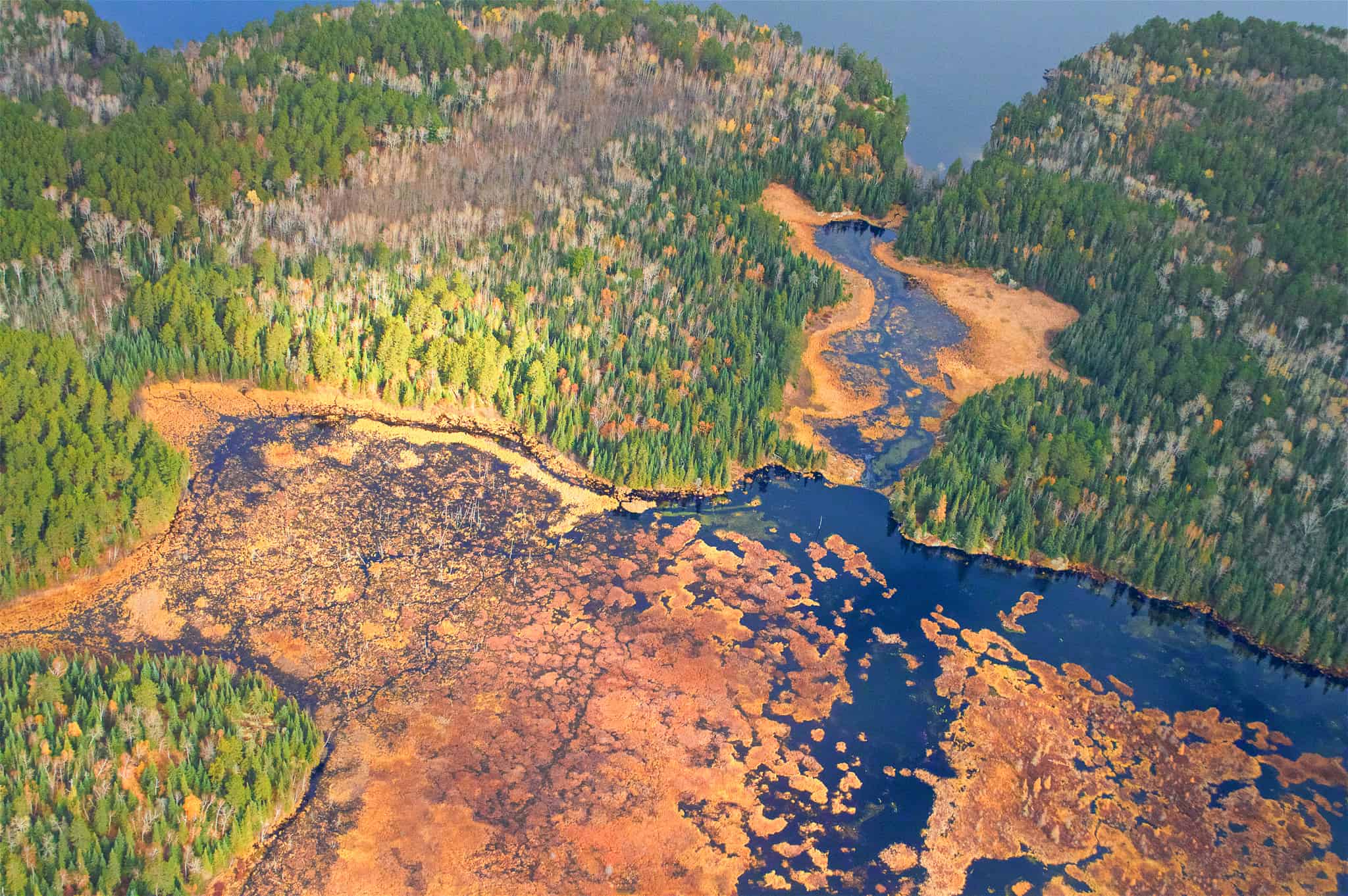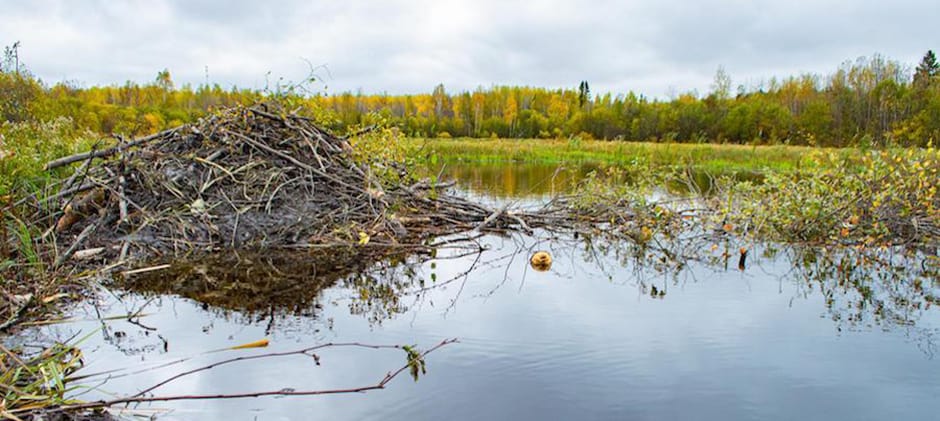Share this article
Beavers help restore Minnesota ecosystems
Since recolonizing Minnesota about 70 years ago, beavers have provided a wealth of ecosystem services that continue to this day. Researchers say the information they’ve uncovered can help managers who want to return the species to ecosystems elsewhere.
Studies have shown that, as ecosystem engineers, beavers (Castor canadensis) can make dramatic changes—both positive and negative—pretty quickly. But since their restoration in Minnesota came decades ago, researchers hoped they could get a bigger picture regarding how beavers affect ecosystems long term. Aerial imagery available since 1948 along the North Shore of Lake Superior allowed researchers to tackle some of those questions.
“To get a dataset that spans 70 years is pretty rare,” said Thomas Gable, project lead for the Voyageurs Wolf Project, who teamed up with other researchers to study the beavers. The study , led by Sean Johnson-Bice with the University of Minnesota, Duluth, was published in the journal Ecography. Gable published previous research on wolves preying on beavers in the Greater Voyageurs Ecosystem which includes the area in and around Voyageurs National Park, Minnesota.
“Not only did our dataset cover 70 years, but it also was across five distinct watersheds, and that set up a lot of interesting ways to look at how beavers are impacting ecosystems,” he said.
Beavers recolonized northern Minnesota—including the watersheds of Lake Superior—in the 1930s and ’40s after the fur trade resulted in their near extirpation from the area. Knowing that they naturally create ponds, the researchers wondered how the ecosystem changed since their recolonization. Looking at historic aerial images and digitized ones, the team studied a variety of scales—from entire regions to individual ponds—to see how the ecosystem had changed between 1948 and 2017.

Researchers used aerial photos like this one from 1948 to 2017 to learn more about how beavers were influencing the ecosystem. Credit: Thomas Gable
Examining five watersheds, they found that while there were individual fluctuations in water storage from beavers, the total water stored by beavers across the watersheds remained relatively stable once the beavers recolonized the area.
On the pond level, they found that beavers initially created very large ponds, likely setting up in optimal places and flooding them. Over time, as beaver numbers increased, the ponds shrank.
“Beavers started slicing up ponds into smaller ones,” Gable said. “What used to be one big pond was now two smaller ponds.” While the specifics changed, the total water on the landscape remained the same.
But researchers also found that even abandoned ponds continued to hold water. “These things beavers engineered are still serving an ecological function long after beavers disappear,” he said.
When they looked at the watershed level, they were also intrigued. They found that the average amount of surface water stored by beavers across watersheds was stable through time even if individual watersheds were changing. “They seemed to cancel each other out,” Gable said. That’s important, he said, because it shows that looking at one watershed may not give an accurate view of the entire landscape.
These findings have implications for recent beaver reintroduction considerations or efforts, Gable said. “Understanding how beavers might impact water storage once they’re introduced is certainly going to be helpful,” he said.
The study also shows how quickly beavers proliferated and altered the ecosystem. “There’s a quick acceleration and then they level off,” Gable said.
Wildlife managers may want to consider negative impacts beavers have on flooding culverts or roads or chewing on people’s trees. But overall, Gable said, the species has had more positive impacts than negative.
“With anything in conservation, there are always going to be a few people who aren’t going to be happy,” he said. “We’re never going to get away from that. But when you step back, this is a good thing for these ecosystems. This is how these ecosystems worked for a very long time before people came in and messed them up.”
Header Image:
Beavers that build dams like this one have helped with water storage in Lake Superior watersheds.
Credit: Thomas Gable








